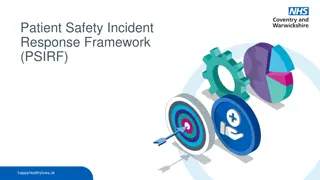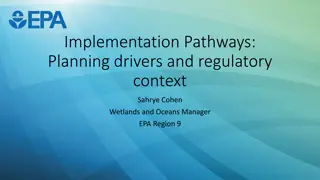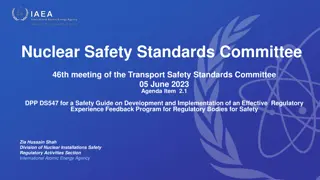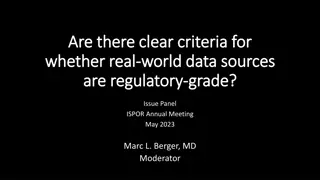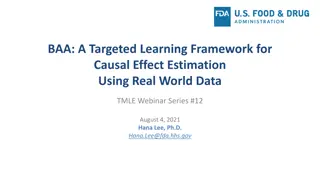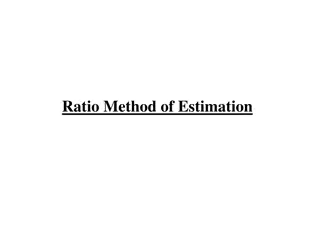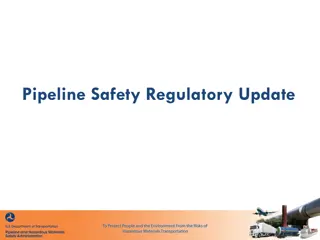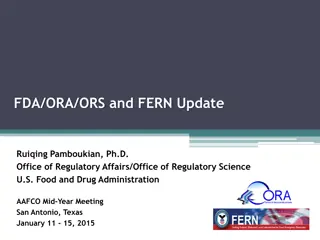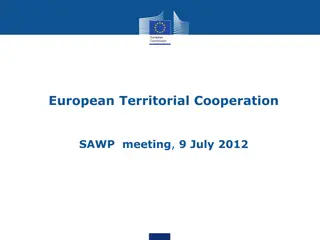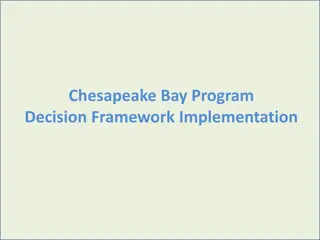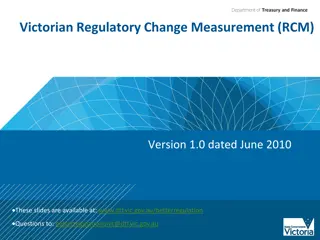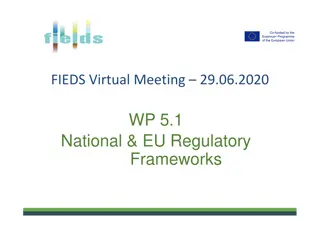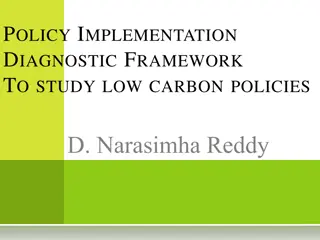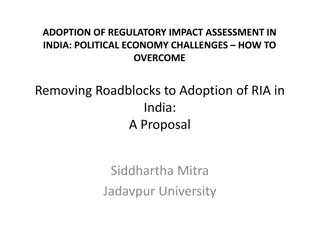Implementation of Estimand Framework in U.S. Regulatory Landscape
The regulatory implementation of the Estimand Framework in the U.S. context has evolved over time, addressing issues related to missing data in clinical trials. Starting from the pre-history of missing data recognition to the development of the ICH E9(R1) framework, the focus has been on aligning planning, design, analysis, and interpretation around key estimand attributes. Practitioners have emphasized the need for clarity in defining estimands to ensure meaningful clinical trial outcomes.
Download Presentation

Please find below an Image/Link to download the presentation.
The content on the website is provided AS IS for your information and personal use only. It may not be sold, licensed, or shared on other websites without obtaining consent from the author.If you encounter any issues during the download, it is possible that the publisher has removed the file from their server.
You are allowed to download the files provided on this website for personal or commercial use, subject to the condition that they are used lawfully. All files are the property of their respective owners.
The content on the website is provided AS IS for your information and personal use only. It may not be sold, licensed, or shared on other websites without obtaining consent from the author.
E N D
Presentation Transcript
U.S. REGULATORY IMPLEMENTATION OF ESTIMAND FRAMEWORK: BACKGROUND AND STATUS John Scott, Ph.D., FDA/CBER/OBE Joint PSI, EFSPI & ASA BIOP Webinar: Estimands November 5, 2020 1 www.fda.gov
Disclaimer This presentation reflects the views of the author and should not be construed to represent FDA s views or policies. 2
Pre-history Missing data long-recognized as a problem in medical studies Bias, power / precision PDUFA IV commitment (2008) called on FDA to begin to address missing data in clinical trials Circa 2008, missing data discussions focused on analysis set definitions and often ad hoc single imputation LOCF widely used FDA commissioned a National Academy of Sciences study panel to investigate missing data in clinical trials 3 www.fda.gov
The NAS report The Prevention and Treatment of Missing Data in Clinical Trials Avoiding missing data Analysis methods for missing data Estimands Sensitivity analyses Panel observed that clinical trial practitioners were often vague about what they actually cared to know Substituting defaults like ITT or per protocol for spelling out estimand 4 www.fda.gov
Translational issues Much of the missing data literature comes from survey statistics or designed experiments Not always good fit for clinical trials Avoiding missing data is intuitive, but doesn t always make sense Some missing data is meaningless e.g. pain scores after death Some data that s not missing can change meaning e.g. survival after crossover in an oncology trial These and related considerations led to ICH E9(R1): Estimands and Sensitivity Analyses in Clinical Trials Considerable emphasis on intercurrent events 5 www.fda.gov
ICH E9(R1) framework A framework to align planning, design, conduct, analysis and interpretation Primary estimand discussion should achieve alignment on estimand attributes Treatment condition of interest Population of patients targeted by the clinical question Variable / endpoint Handling of intercurrent events Population-level summary 6 www.fda.gov
Intercurrent event strategies Treatment policy strategy Variable value used regardless of intercurrent event Note: requires value to exist Hypothetical strategy A scenario is envisaged in which the intercurrent event would not occur Composite variable strategy The intercurrent event is absorbed into the endpoint While on treatment strategy The observation period ends at the intercurrent event Principal stratum strategy The population of interest is those in whom the intercurrent event would not occur 7 www.fda.gov
Current status of E9(R1) Guideline reached Step 4 (final ICH draft) in November, 2019 Still being finalized in regulatory regions Implemented: EC, Canada, Switzerland Not yet: U.S.A., Brazil, Asian regulators Considerable uptake among sponsors Anticipate more as protocol templates developed and widely adopted Some FDA review teams currently prompting estimand discussion if not addressed by sponsor More uptake to come 8 www.fda.gov
Estimands appearing in guidances 9 www.fda.gov
Growing pains Some elements difficult to communicate between statistical and clinical teams E.g. hypothetical vs. principal stratum strategies In some cases, sponsors want to continue business as usual and backfit estimand framework to existing practice It s even theoretically possible that regulators may succumb to same impulse For example, consider what used to be ad hoc use of an mITT analysis set now being described as a mTreatment Policy strategy 10 www.fda.gov
AML guidance excerpt 11 www.fda.gov
Hypothetical issues The existence of hypothetical strategies has become a bit of a temptation to take a somewhat na ve approach to some pretty tough problems This intercurrent event is inconvenient, so what if it never happened? E.g. AEs, rescue, adherence Sometimes principal stratum strategies make sense for the underlying, but there seems to be reluctance to invoke the C word Doesn t mean hypothetical strategies require fewer unverifiable assumptions than principal stratum approaches Useful to think ahead to labeling Picture yourself telling a patient the effect in the label is what they should care about 12 www.fda.gov
Using communication as a guide Sometimes useful to think ahead to labeling Picture yourself telling a patient the effect in the label is what they should care about This is the mean effect among people who wouldn t need rescue vs. This is the mean effect in everyone if rescue medication didn t exist 13 www.fda.gov
Fostering discussion 14 www.fda.gov





